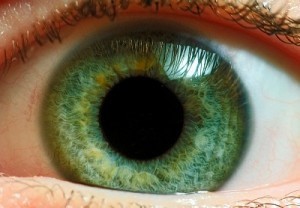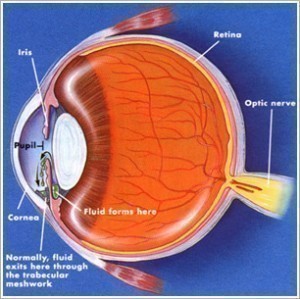What Causes Red Eyes?
Red eyes are caused by enlarged, dilated blood vessels, leading to the appearance of redness on the surface of the eye (sclera). Alternative names for red eyes are bloodshot eyes, scleral injection and conjunctival injection. Irritation is a common cause of red eyes; typical irritants are extremely dry air, sun exposure, dust, foreign body, infection, straining or coughing and allergic reaction. Coughing or straining can cause a bright red uniformly dense bloody area on the sclera known as subconjunctival hemorrhage.
Itching, discharge, pain and vision problems are some of the symptoms of eye infections or inflammation.
Causes of Red Eyes
Blepharitis
Blepharitis is an inflammation of the eyelids causing red, irritated, itchy eyelids and the formation of dandruff-like scales on eyelashes. It is a common eye disorder caused by either bacterial or a skin condition such as dandruff of the scalp or acne rosacea.
Conjunctivitis
Conjunctivitis is an inflammation or infection of the conjunctiva, the thin transparent layer of tissue that lines the inner surface of the eyelid and covers the white part of the eye. Conjunctivitis is commonly known as “pink eye”. It is a minor eye infection that is extremely contagious and can be caused by a viral or bacterial infection. The three types of conjunctivitis are allergic, infectious and chemical. Symptoms include: A gritty feeling in one or both eyes, itching or burning sensation in one or both eyes, discharge coming from one or both eyes and pink discoloration to the whites of one or both eyes
Corneal ulcers
The cornea is the transparent area at the front of the eyeball. A corneal ulcer is an erosion or open sore in the outer layer of the cornea and usually results from bacterial, viral, fungal or parasitic infection. Symptoms include eye pain, eye redness and impaired vision.
Uveitis
Anterior uveitis occurs when the middle layer of the eye, including the iris and adjacent tissue, becomes inflamed. It can result in permanent damage and loss of vision from the development of glaucoma, cataract or retinal edema if treatment is not administered. Anterior uveitis can result from trauma to the eye, such as a blow or foreign body penetrating the eye. It can also be associated with other eyes diseases or other health problems such as rubella. Signs/symptoms may include a red, sore and inflamed eye, blurring of vision, sensitivity to light and a small pupil.
Injury
The American Optometric Association reports that approximately 2,000 eye injuries requiring medical treatment occur in workplaces around the nation on a daily basis. The National Eye Institute estimates that 90% of those workplace eye injuries could be prevented through the use of proper protective eyewear. Injury to the eye causes the blood vessels to enlarge and dilate to bring cells to heal and repair the injury; this causes the eye to look red.






